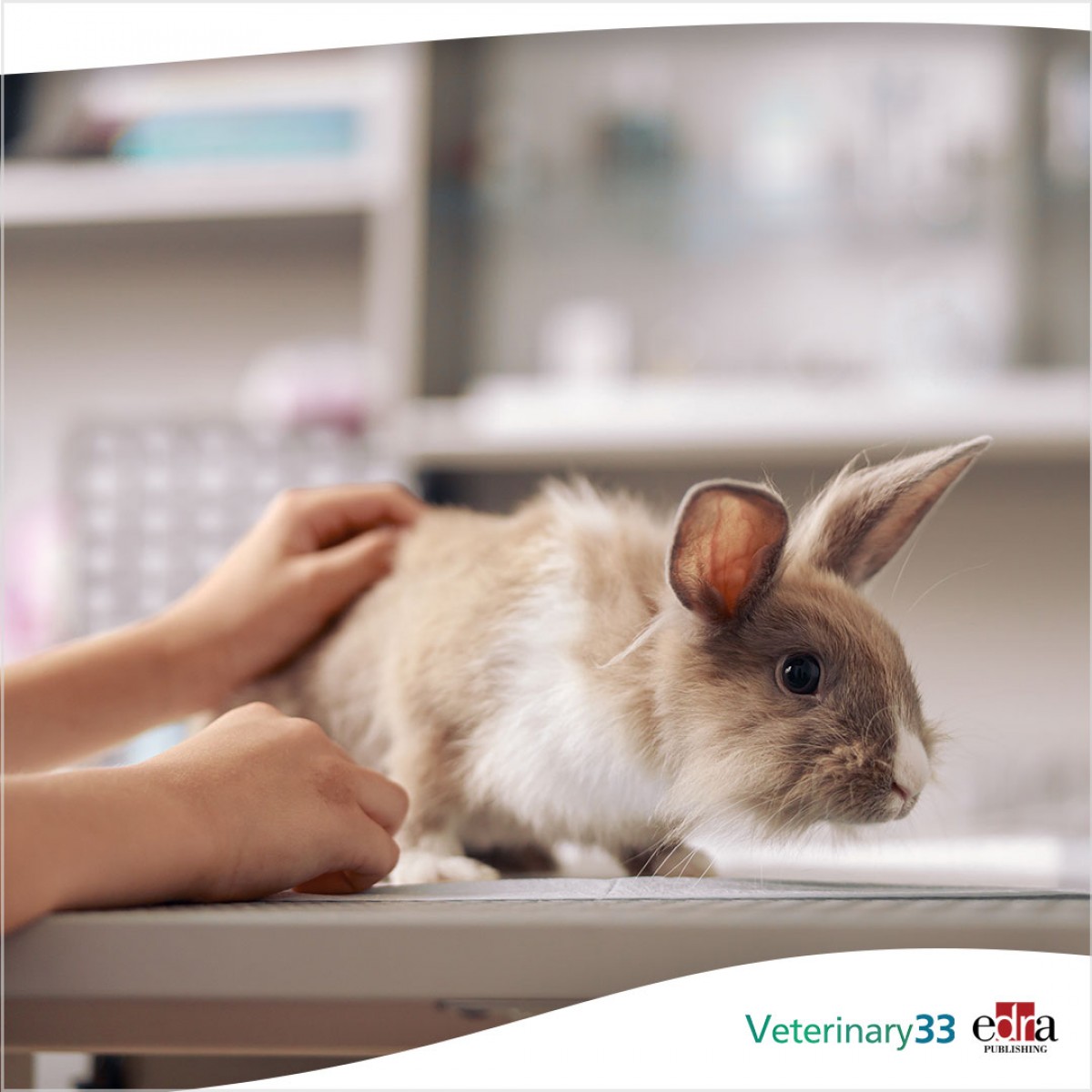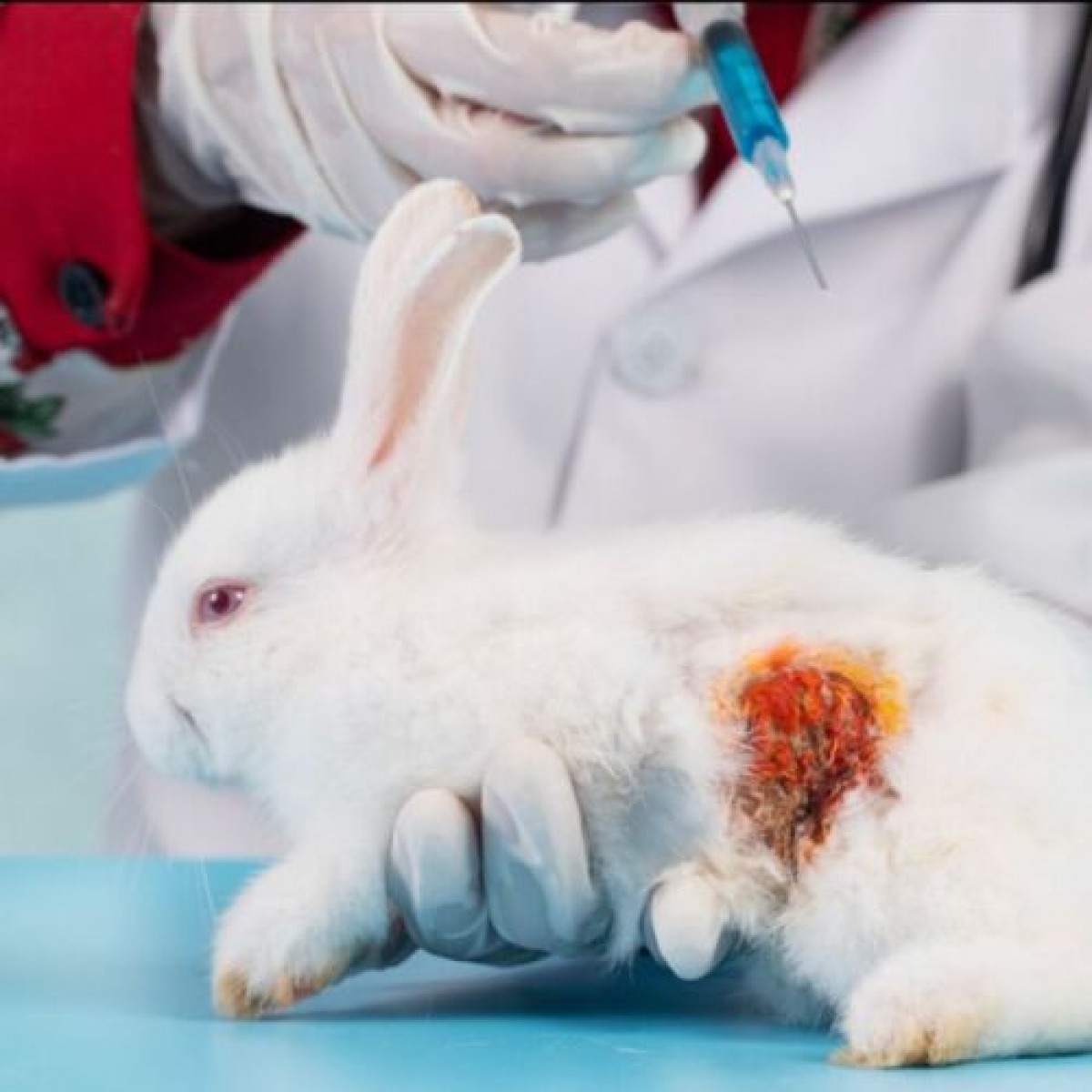Retrospective analysis of liver lobe torsion in pet rabbits
Liver lobe torsion (LLT) in rabbits can be under-recognized and potentially fatal. The clinical features of cases presented at an exotic animal veterinary service in Australia were retrospectively reviewed by the authors.
Medical records of 40 confirmed rabbit LLT cases between 2016 and 2021 were reviewed for signalment, clinical signs and findings, diagnostic imaging results, management strategies and outcomes. Variables of interest were analyzed for statistical association with outcome.
The mean presenting age was 56.2 months (SD 30.5). Neutered males (23/40, 57.5%) were over-represented. Common clinical signs and findings included reduced appetite (40/40, 100%), lethargy (32/40, 80.0%), reduced fecal production (16/40, 40.0%), a doughy distended stomach (20/40, 50.0%), pale mucous membranes (19/40, 47.5%) and hypothermia (17/40, 42.5%).
Anemia and elevated plasma alanine aminotransferase and blood urea nitrogen were common clinicopathologic findings. Computed tomography (CT) was performed in 34 of 40 rabbits, confirming the presence and position of LLT (34/34, 100%), stenosis of the caudal vena cava or portal system (28/34, 82.4%) and increased free peritoneal fluid (29/34, 85.3%). Fifteen (15/40, 37.5%) rabbits were medically managed, and surgical intervention was performed in 23 of 40 (57.5%) rabbits. Overall, 30 of 40 (75.0%) rabbits survived. Surgical intervention did not confer a significant difference in outcome compared to medical management (odds ratio 0.77, 95% confidence interval 0.15-4.10, p = 0.761).
CT can be an invaluable diagnostic modality for rabbit LLT. Favorable outcomes can be achieved in selected cases with medical management alone.
“Retrospective analysis of liver lobe torsion in pet rabbits: 40 cases (2016-2021).” Joanne C Sheen, et al. Vet Rec. 2022 Jul 16; e1971. doi: 10.1002/vetr.1971.














List
Add
Please enter a comment